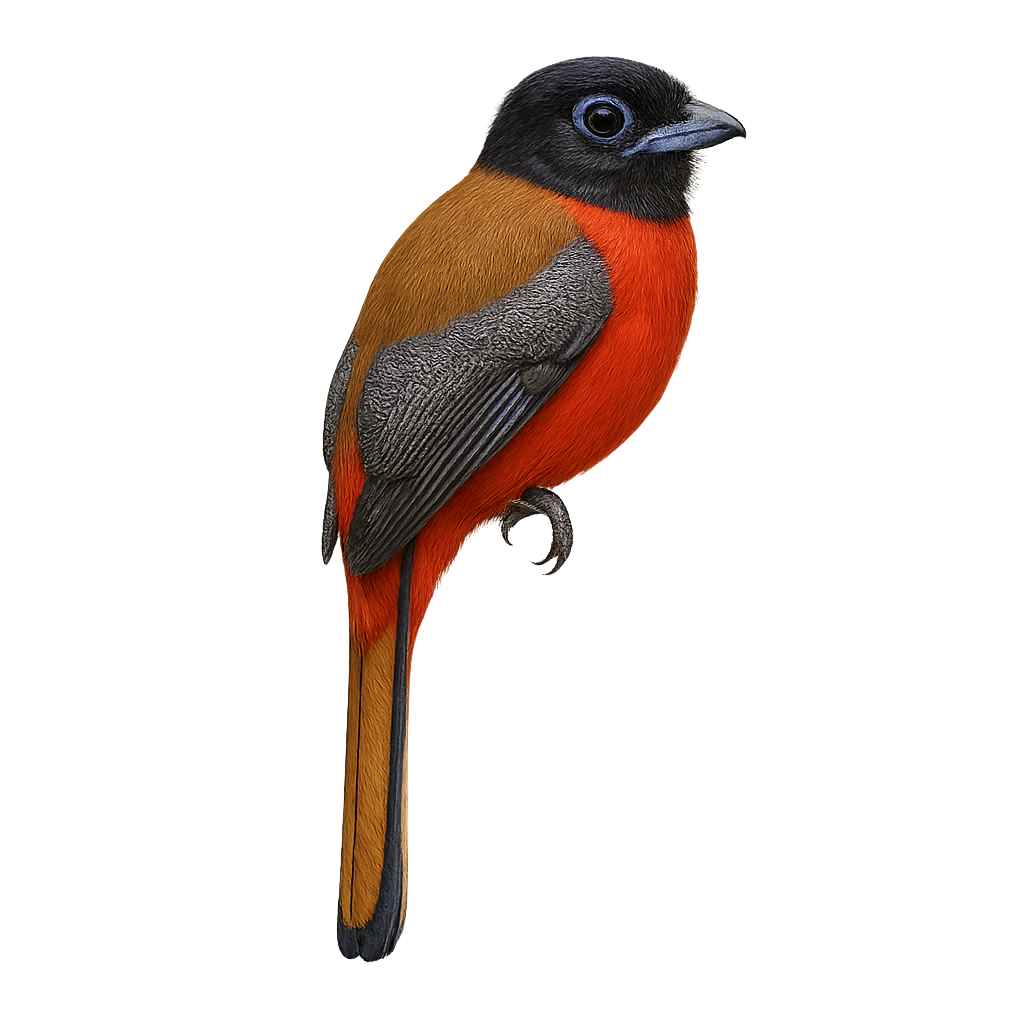Your wildlife photography guide.
Explore the scarlet-rumped trogon in detail, study its behavior, prepare your shots.
Where to observe and photograph the scarlet-rumped trogon in the wild
Learn where and when to spot the scarlet-rumped trogon in the wild, how to identify the species based on distinctive features, and what natural environments it inhabits. The WildlifePhotographer app offers tailored photography tips that reflect the scarlet-rumped trogon’s behavior, helping you capture better wildlife images. Explore the full species profile for key information including description, habitat, active periods, and approach techniques.
Scarlet-rumped Trogon
Scientific name: Harpactes duvaucelii

IUCN Status: Least Concern
Family: TROGONIDAE
Group: Birds
Sensitivity to human approach: Suspicious
Minimum approach distance: 10 m
Courtship display: February to March
Incubation: 17-19 jours
Hatchings: February to April
Habitat:
Tropical forests, humid forests, dense woodlands
Activity period :
Primarily active during the day, with peak activity in the morning and late afternoon.
Identification and description:
The Scarlet-rumped Trogon, or Harpactes duvaucelii, is a captivating bird found primarily in the tropical forests of Southeast Asia. This bird is recognizable by its striking plumage, with a bright red back and yellow belly. Males and females exhibit differences in coloration, with males displaying more vivid colors. They are often seen perched silently in trees, feeding on fruits and insects. Their flight is swift and direct, although these birds often prefer to move discreetly through dense foliage. Their calls are soft and melodious, adding to the soundscape of the rainforest. Although their habitat is threatened by deforestation, they remain relatively common in some protected areas.
Recommended lens:
400mm – adjust based on distance, desired framing (portrait or habitat), and approach conditions.
Photography tips:
To photograph the Scarlet-rumped Trogon, it is advisable to use a 400mm lens or longer to capture the intricate details of its colorful plumage. Look for it in dense tropical forests where it often perches in the shade. Be patient and quiet, as this bird can be suspicious. Use a tripod to stabilize your camera, especially in the low light conditions of the forest. Try to capture the bird in motion to showcase its swift and direct flight.
The WildlifePhotographer App is coming soon!
Be the first to explore the best nature spots, track rutting seasons, log your observations, and observe more wildlife.
Already 1 431 wildlife lovers subscribed worldwide

